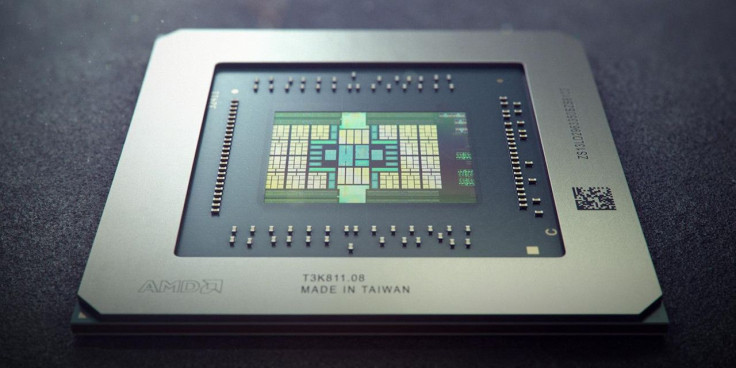AMD launched its first AMD Navi GPU based on the new RDNA technology in July. Mainstream GPUs built on the same Radeon DNA architecture will follow later this year. According to PCGamesN, the Navi 12 and Navi 14 GPUs may come in the first half of October.
AMD’s RDNA architecture is designed to improve efficiency for gaming and reduce latency. While using less silicon, the Navi graphics cards are able to process more instructions on each clock cycle. The new GPUs also feature an improved cache structure.
More of the Navi graphics card can be used at any one time and higher throughput can be delivered as RDNA’s new execution unit uses a single clock cycle to issue a pair of SIMD32.
This design makes the Navi GPUs far more efficient than the old Vega GPUs. With Vega, it isn't uncommon for large parts of the GPU to not doing anything because it has to wait through a four cycle process when processing game graphics.
The RDNA architecture is also more efficient than the Zen 2 architecture since it fine tunes the single-threaded performance to make it as good as possible. The performance of the individual cores is pushed to the extreme.
The AMD Navi GPUs based on the RDNA architecture also come with an improved cache hierarchy. With the same 16 Kb per-CU cache, the new L1 cache design features an extra 128 Kb of separate cache for each of the chip’s four graphics arrays. A global L2 cache of 4 MB is shared by everything. There are lower demands on the L2 cache thanks to the localized extra L1 cache
The improvement in the cache hierarchy allows the RDNA system to provide some extra bandwidth. In fact, taking into consideration that there are 64 CUs in Vega and only 40 CUs in Navi, the Radeon DNA architecture offers significantly more bandwidth on a per-CU level.
AMD has also made other architectural improvements with the RDNA design. Among them include an improvement in the color compression algorithms and streamlining the graphics pipeline. All of these underlying improvements help achieve better gaming performance.


















